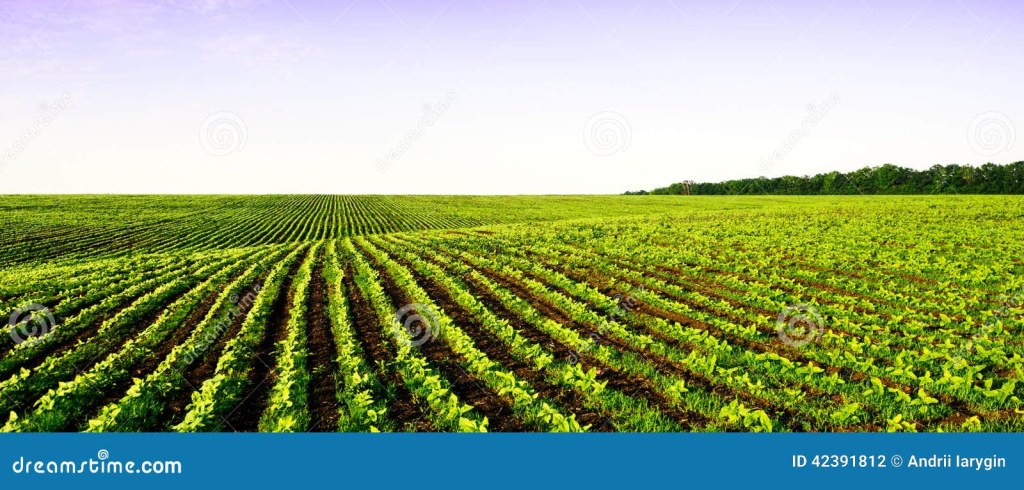Discover The Majestic World Of Panorama Farming: Unleash The Potential And Take Action!
Panorama Farming: A Sustainable Approach to Agriculture
Introduction
Good Readers,
3 Picture Gallery: Discover The Majestic World Of Panorama Farming: Unleash The Potential And Take Action!
Welcome to our article about Panorama Farming, an innovative and sustainable approach to agriculture. In this article, we will dive into the details of this farming technique, its benefits, and its impact on the environment. So, let’s explore the world of Panorama Farming!
What is Panorama Farming?

Image Source: alamy.com
🌱 Panorama Farming is a revolutionary farming technique that focuses on preserving and enhancing the panorama of agricultural landscapes. It aims to create a harmonious blend of agriculture and nature, while ensuring the sustainability of farming practices. By incorporating elements such as contour farming, crop rotation, and agroforestry, Panorama Farming aims to maximize crop yields while minimizing environmental impact.
Who Practices Panorama Farming?
👥 Panorama Farming is practiced by forward-thinking farmers who prioritize sustainable and eco-friendly methods. These farmers understand the importance of preserving the natural beauty of the landscape while ensuring the productivity of their farms. Panorama Farming can be adopted by both small-scale and large-scale farmers, making it accessible to everyone.
When Did Panorama Farming Begin?

Image Source: wikimedia.org
⌛ Panorama Farming is not a new concept. It has its roots in traditional farming practices that have been passed down for generations. However, the modern concept of Panorama Farming, which incorporates advanced techniques and technologies, gained popularity in the late 20th century. Since then, it has been evolving and adapting to meet the challenges of sustainable agriculture.
Where is Panorama Farming Most Common?
📍 Panorama Farming can be practiced in various regions around the world, but it is most common in areas with diverse topography and natural beauty. Mountainous regions, hilly terrains, and areas with scenic landscapes are ideal for Panorama Farming. Countries like Switzerland, New Zealand, and parts of South America have embraced this farming technique to make the most of their stunning natural environments.
Why Choose Panorama Farming?

Image Source: dreamstime.com
❓ Panorama Farming offers several advantages over conventional farming methods. Firstly, it helps to prevent soil erosion by utilizing contour farming techniques. Secondly, it promotes biodiversity by incorporating agroforestry, which provides habitats for various organisms. Thirdly, it reduces the need for chemical fertilizers and pesticides, resulting in healthier and more sustainable farming practices. Lastly, Panorama Farming enhances the aesthetic appeal of agricultural landscapes, making it an attractive option for eco-tourism.
How Does Panorama Farming Work?
🔧 Panorama Farming involves several key practices to achieve its goals. Contour farming is used to prevent soil erosion by creating ridges and furrows that follow the natural contours of the land. Crop rotation is implemented to maintain soil fertility and prevent the buildup of pests and diseases. Agroforestry is incorporated to create a diverse ecosystem that benefits both crops and wildlife. Additionally, modern technologies such as precision farming and drip irrigation are used to optimize water and nutrient usage.
Advantages and Disadvantages of Panorama Farming
👍 While Panorama Farming offers numerous advantages, it also has some disadvantages. Let’s explore both sides:
Advantages of Panorama Farming:
1. Increased soil conservation and reduced soil erosion.
2. Preservation of biodiversity and creation of wildlife habitats.
3. Reduction in the use of chemicals, promoting healthier food production.
4. Enhancement of the aesthetic appeal of agricultural landscapes.
5. Potential for eco-tourism and additional income streams for farmers.
Disadvantages of Panorama Farming:
1. Initial investment costs may be higher compared to conventional farming methods.
2. Requires additional planning and management due to the complexity of integrating different practices.
3. Some crops may have lower yields initially as the soil adjusts to sustainable practices.
4. Climate and weather conditions can pose challenges in certain regions.
5. Transitioning from conventional methods to Panorama Farming may require a learning curve for farmers.
Frequently Asked Questions (FAQs)
Here are some common questions about Panorama Farming:
1. Is Panorama Farming suitable for small-scale farmers?
Yes, Panorama Farming can be adapted to suit the needs of small-scale farmers. It offers them the opportunity to maximize productivity while minimizing environmental impact.
2. Can Panorama Farming be implemented in flat landscapes?
While Panorama Farming is most effective in areas with diverse topography, it can still be applied in flat landscapes by utilizing techniques like contour farming and agroforestry.
3. Does Panorama Farming require specialized equipment?
No, Panorama Farming can be implemented using conventional farming equipment. However, some additional tools like GPS systems and precision irrigation systems can enhance its effectiveness.
4. What are the economic benefits of Panorama Farming?
Panorama Farming offers economic benefits through the potential for eco-tourism, increased market demand for sustainable products, and reduced input costs in the long run.
5. How can I transition from conventional farming to Panorama Farming?
Transitioning to Panorama Farming requires careful planning and gradual implementation. It is advisable to seek guidance from agricultural experts and attend training programs to ensure a smooth transition.
Conclusion
In conclusion, Panorama Farming is a sustainable approach to agriculture that combines productivity with the preservation of natural beauty. By adopting practices such as contour farming, crop rotation, and agroforestry, farmers can achieve higher yields while minimizing the environmental impact. While there are challenges and costs associated with this farming technique, the long-term benefits outweigh the drawbacks. It is time for farmers to embrace Panorama Farming and contribute to a greener and more sustainable future.
Thank you for reading and joining us on this journey towards a more eco-friendly agricultural landscape.
Final Remarks
Disclaimer: The information provided in this article is for educational purposes only. It is not intended as professional advice. Please consult agricultural experts or relevant authorities for personalized guidance on implementing Panorama Farming.
This post topic: Panorama


